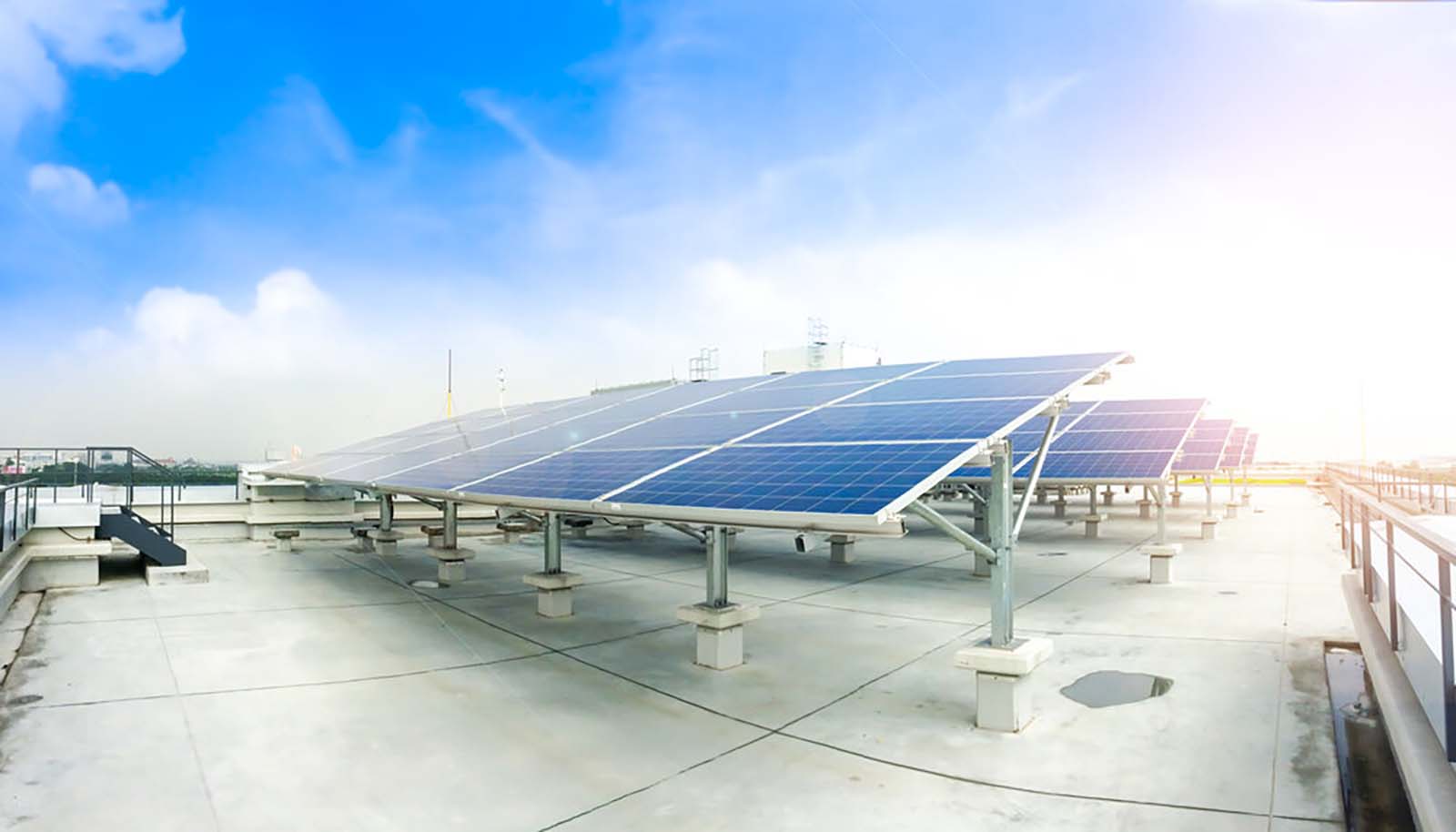The Best Storage Voltage for Lithium Polymer Batteries

When it comes to storing lithium polymer batteries, it’s important to know the best storage voltage to maintain their health and longevity. Lithium polymer batteries are commonly used in various electronic devices such as smartphones, tablets, and drones. Proper storage voltage can prevent degradation and extend the overall lifespan of these batteries. In this article, we will discuss the best storage voltage for lithium polymer batteries and provide some tips for optimum storage conditions.
Understanding Lithium Polymer Batteries
Lithium polymer batteries, also known as LiPo batteries, are a type of rechargeable battery that utilizes lithium-ion technology. These batteries are lightweight, flexible, and can be manufactured in various shapes and sizes, making them ideal for portable electronic devices. However, they require careful handling and storage to prevent damage and maintain their performance.The Best Storage Voltage
The best storage voltage for lithium polymer batteries is typically around 3.8 to 3.85 volts per cell. Storing LiPo batteries at this voltage range helps to prevent over-discharge or over-charge, which can lead to irreversible damage and reduced capacity. It’s important to note that storing lithium polymer batteries at full charge (4.2 volts per cell) or fully discharged state (3.0 volts per cell) for extended periods can significantly impact their performance and lifespan.
Tips for Proper Storage
1. Keep batteries at around 50% charge: Before storing lithium polymer batteries, it’s advisable to discharge them to approximately 50% of their capacity. This prevents over-discharging during storage and reduces the risk of potential damage.2. Use a storage mode: Some LiPo battery chargers offer a storage mode feature that allows users to set the batteries to a specific voltage range for long-term storage. This feature can help maintain the batteries’ health and performance.
3. Store in a cool, dry place: Heat and humidity can accelerate the degradation of lithium polymer batteries. It’s best to store them in a cool, dry place away from direct sunlight and extreme temperatures.
4. Regularly check voltage levels: It’s a good practice to periodically check the voltage levels of stored lithium polymer batteries and top them off or discharge them to the recommended storage voltage if necessary.
5. Follow manufacturer recommendations: Different lithium polymer batteries may have specific storage voltage recommendations from their manufacturers. It’s important to refer to the product’s manual or guidelines for the best storage practices.

